Sample checklist for evaluating activities of writing a short passages for students in Vietnam
Sample checklist for evaluating activities of writing a short passages for students in Vietnam
The latest Sample Checklist for assessing students' paragraph writing activities at various levels is as follows:
| Content to be Checked | Achieved | Not Achieved | |
| Opening | Clearly states the thesis mentioned in the paragraph. | ||
| Body | Clearly presents arguments and evidence to support the thesis. | ||
| Selects appropriate, accurate evidence. | |||
| Arranges arguments and evidence logically, scientifically, and understandably. | |||
| Conclusion | Reaffirms the stated thesis, transitions to the next thesis. | ||
| Presentation Skills | Clearly and concisely articulates. | ||
| Uses persuasive, sincere, and expressive language. |
Note: The above Sample Checklist is for reference only.
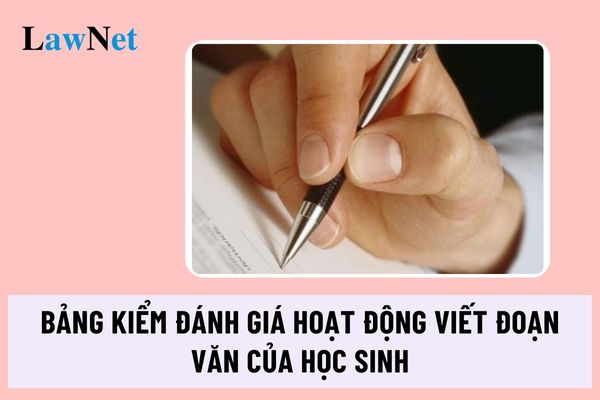
Sample checklist for evaluating activities of writing a short passages for students in Vietnam (Internet image)
How should writing be taught to students at various levels in Vietnam?
Based on sub-item 3, Item 6 of the Literature subject in the General Education Program issued with Circular 32/2018/TT-BGDDT, the purpose of teaching writing is to train thinking and writing skills, thereby educating qualities and developing students' personalities. Therefore, when teaching writing, teachers prioritize generating ideas and presenting them coherently, creatively, and persuasively. Specifically, the method is as follows:
Teachers should focus on guiding students through the steps of text creation, practicing writing according to these steps and the characteristics of each type of text.
Through practice, teachers guide students in analyzing texts in the reading comprehension section and supplementary texts to grasp the characteristics of different text types, the process of text creation; using questions to help students identify the purpose and content of the writing;
Introduce sources, guide idea generation and outline drafting; guide students in writing texts; self-editing and exchanging based on writing assessment criteria.
In primary school, the teaching of writing has two main requirements: teaching the technique of writing and teaching paragraph and text writing.
Teaching the technique of writing (penmanship, spelling) mainly uses practice based on models.
Teaching paragraph and text writing is more flexible, using methods like practice based on models, questioning, group discussion, creative writing, etc.
In middle and high school, teachers require students to undertake more complex tasks such as gathering information for writing from various sources (printed materials, online resources, interviews, real-world data collection); discussing and analyzing writing assessment criteria; knowing how to self-edit, exchange in groups to improve writing and learn from each writing experience, etc.
At these two levels, besides continuing the method of analyzing text models, teachers should pay attention to guiding active writing techniques to help students both master the skill of text creation for each type and develop critical thinking, problem-solving abilities, and creativity demonstrated through their writing.
In addition to conventional texts, students are also trained to create electronic and multimedia texts.
Teachers use methods such as model analysis, questioning, problem-posing, elicitation, etc., to guide students in forming outlines, choosing implementation and expression methods; organizing writing practice, possibly writing individual parts: introduction, conclusion, one or a few paragraphs in the body.
The organization of paragraph and essay writing usually includes main activities such as:
Stating the tasks that students need to perform; requiring students to work individually, in pairs, or in groups; organizing presentations of work results, discussing assigned tasks and drawing lesson content; commenting, evaluating, etc.; after writing, students need opportunities to speak, presenting what they have written.
What are the basic teaching means for the Literature subject for students in Vietnam?
In Item 8 of the Literature subject in the General Education Program issued with Circular 32/2018/TT-BGDDT, it is stipulated that the minimum teaching aids for the Literature subject include a reference library with sufficient types of major texts: literary texts, argumentative texts, informative texts; various forms of books: stories, comics.
Within each major text category, there are sufficient sub-types: literary texts include stories, poetry, plays, essays; argumentative texts include literary arguments and social arguments; informative texts include explanatory texts and practical documents.
Some images such as portraits of prominent authors in the program; illustrations for the content and art of major works such as "Nam quoc son ha," "Hich tuong si," "Binh Ngo dai cao," "Truyen Kieu," "Van te nghia si Can Giuoc," "Tuyen ngon Doc lap," etc.
For institutions with the capability, there should be internet connectivity, computers, screens, and projectors; additional Vietnamese language teaching software; CDs and video clips introducing landmarks and historical sites of the country, hometowns of authors (for teaching and learning explanatory texts);
Some animated films or movies adapted from literary works or CDs, video clips recording performances of scripts; CDs with music adapted from selected poems for teaching, or reading materials, literary talks, and discussions.
Electronic copies of Literature textbooks, literary books, and educational materials.
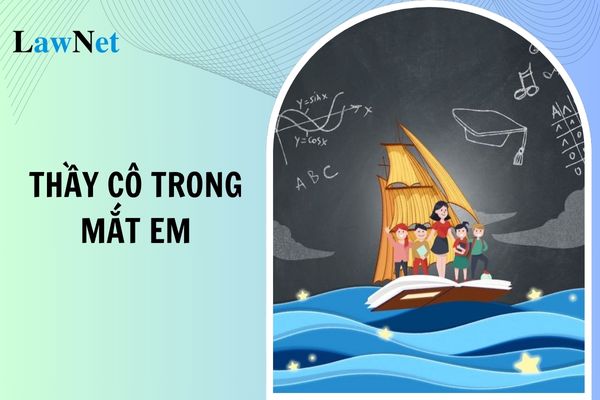
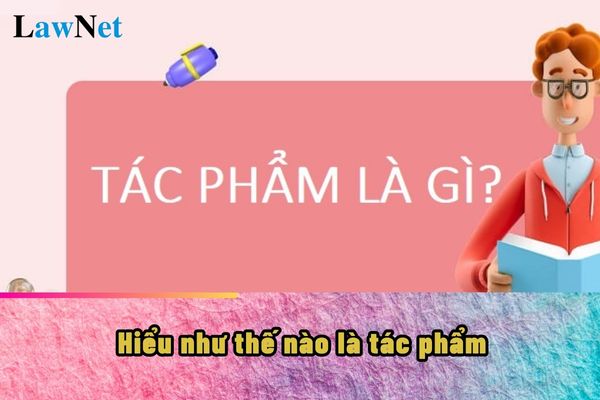
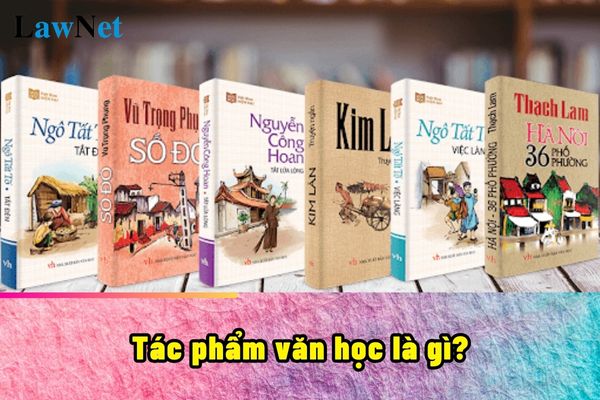
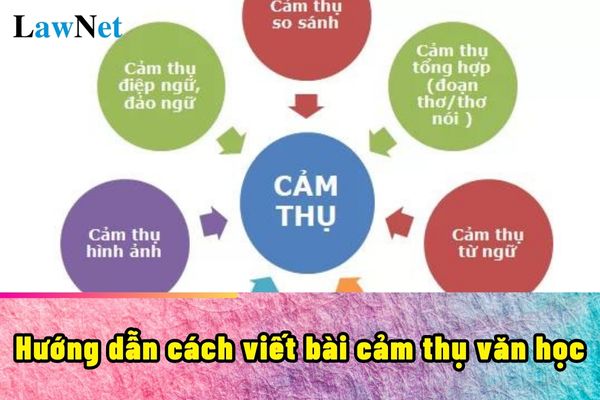
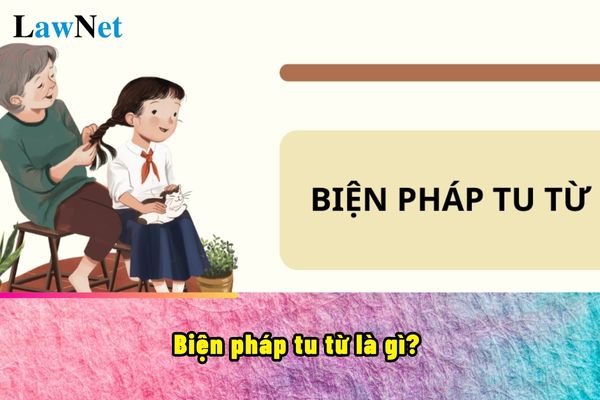
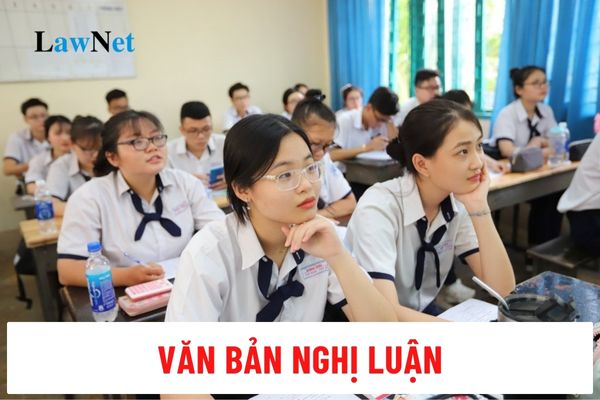
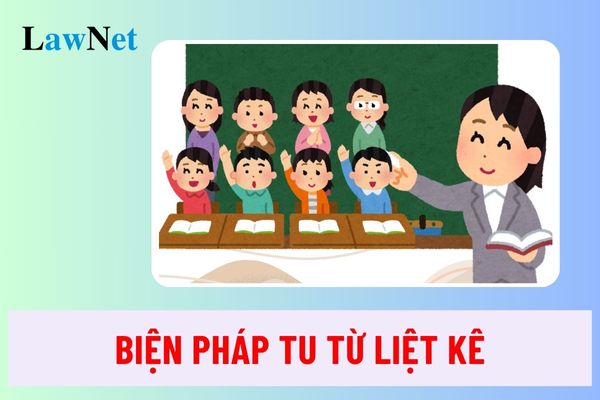
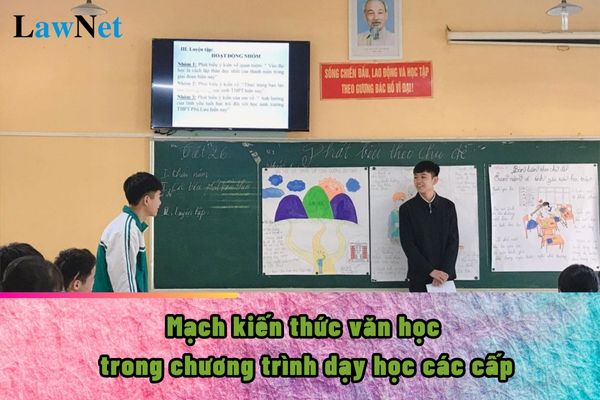
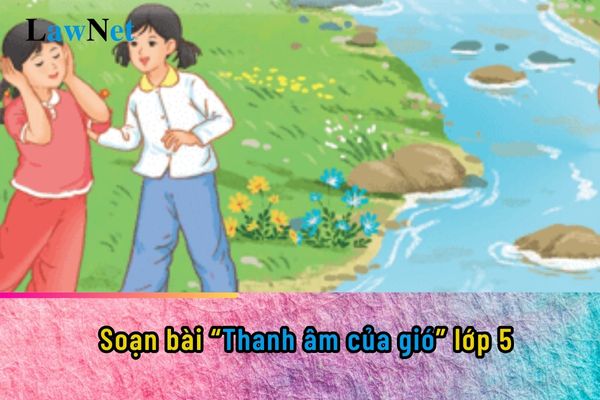
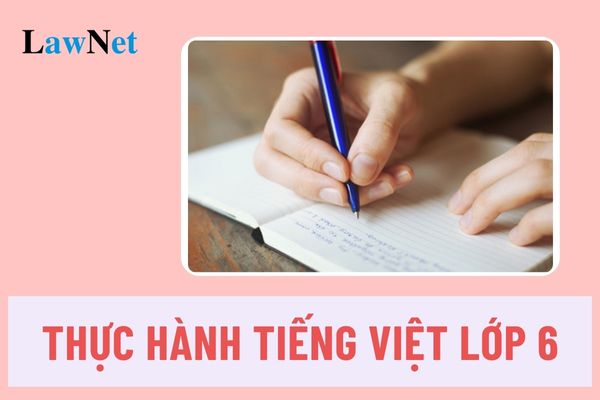
- Top 10 Samples of Paragraphs about a Beautiful Natural Scenery Using Simile or Metaphor – Best Examples
- What are the newest answers to the retraining course on gender equality in 2024? What are the 4 standards of teachers in Vietnam?
- What are the minimum requirements for lecturers in distance education at the higher education level in Vietnam?
- Vietnam: What are the Vioedu question papers on 4th-grade Mathematics? What are the objectives of assessing 4th-grade students?
- How many levels does the Vietnamese qualifications framework consist of?
- Vietnam: What are the guidelines for writing an internship introduction letter for students pursuing Law? What are the methods for training organization at universities?
- Vietnam: What does absolute monarchy mean? What are the guidelines for comparing absolute monarchy and constitutional monarchy?
- What does constitutional monarchy mean? What are the perspectives on developing the History and Geography curricula at the lower secondary level in Vietnam?
- Vietnam: What is the sample action plan to promote reading culture for children in remote areas for the Reading Culture Ambassador Contest 2024? What are the objectives of the Reading Culture Ambassador Contest 2024?
- What is the sample initiative aimed at promoting reading among ethnic minorities in Vietnam?

